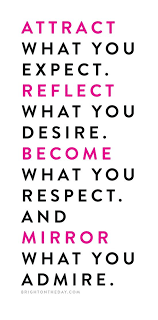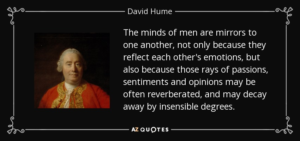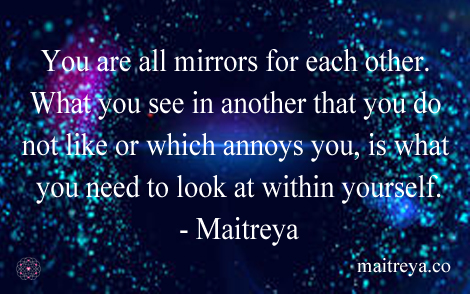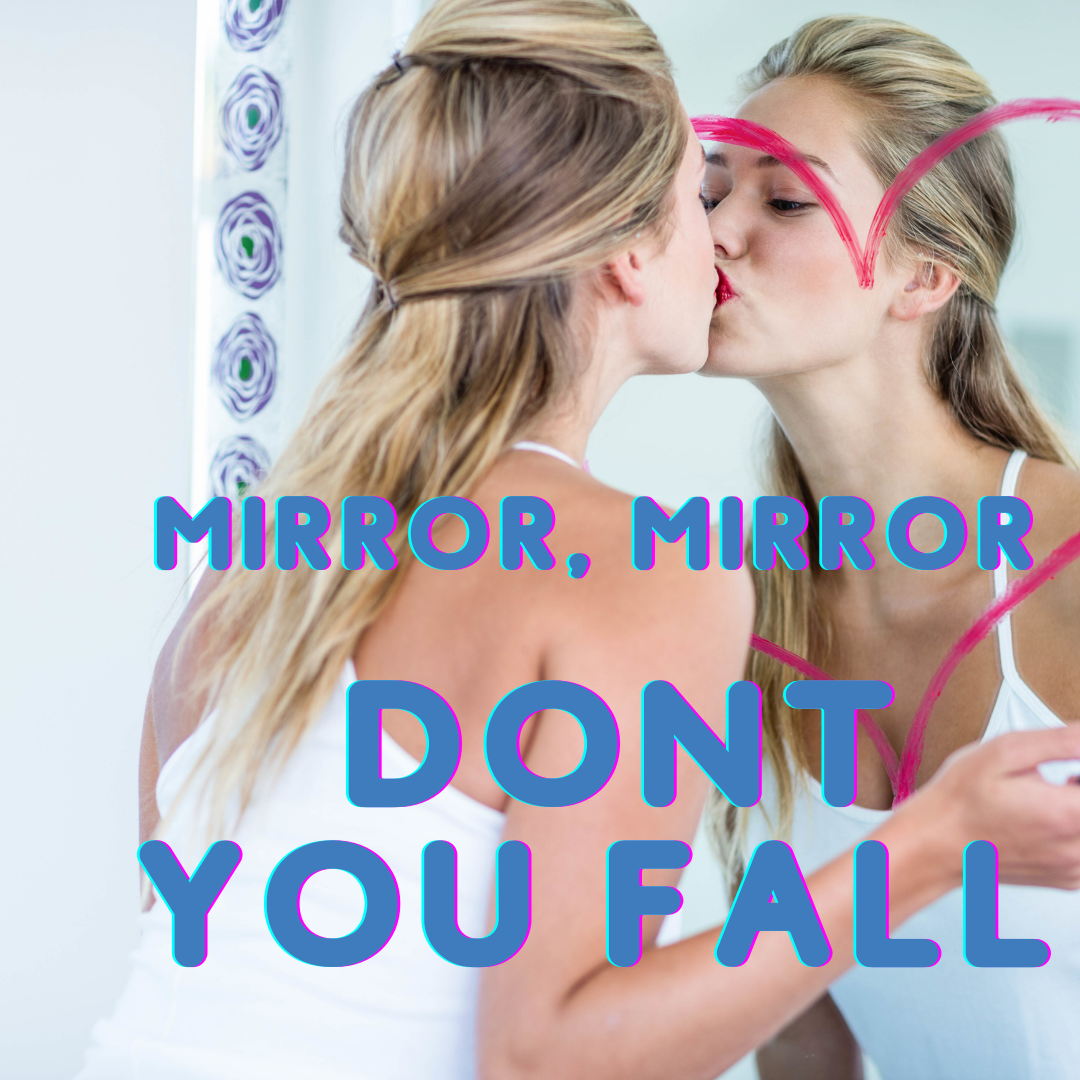[vc_row][vc_column][vc_column_text]
Mirroring Each Other
[/vc_column_text][vc_column_text]So you remember when you were growing up a teacher or perhaps your parents or another grown-up would maybe say to you or your peers “they were a mirror image of one another”.. Or maybe you heard it used and proposed as “if you could mirror yourself more like….”
So what does it mean? Well, it is an intentional idealization that one should replicate or mimic another one’s actions or characteristics.
 “Mirroring is a social phenomenon where people mimic another person’s posture, gestures, and words. It’s often an unconscious behavior – we are rarely aware of it when we do it – but it’s a sign that people are attuned and in sync with one another.”
“Mirroring is a social phenomenon where people mimic another person’s posture, gestures, and words. It’s often an unconscious behavior – we are rarely aware of it when we do it – but it’s a sign that people are attuned and in sync with one another.”
Have you ever found yourself speaking to someone with an accent or another language and slowly but surely your own native tongue starts to communicate with a slight echoing of their dialect? Why do we subconsciously do this? It’s known as “THE CHAMELEON EFFECT” and when appropriated properly and moreover, subtly.
Mirroring typically works best when it is unconscious. Doing it consciously requires some subtle skills:
Here is what the Wall Street Journal had to say about the best practice for mirroring with their DO’S and DON’TS tips for those in business and especially sales that can benefit greatly by the “right” chameleon effect in place.
DO:
- Build a connection first. Make listening and understanding the other person your priority.
- Start by nodding and tilting your head as you listen.
- Try matching the other person’s vocal tone and pace.
- If that works, move on to mirroring gestures and posture. Don’t try to fake it by pretending to be interested when you’re not. You’ll almost certainly be found out, damaging the relationship.
DON’T:
- Try to fake it by pretending to be interested when you’re not. You’ll almost certainly be found out.
- Mirror negative nonverbal signals, such as crossing arms in front of your body or stepping back.
- Try to copy the person’s gestures, movements, and expressions exactly.
- Devote so much energy to mirroring that you feel stressed.
 The pace of your words, posture, and speaking style are all good gestures to relate to your audience and blend in with your mirroring. Body language of course 1:1 with another individual will be recognized unconsciously and makes them more receptive and engaged with the conversation.
The pace of your words, posture, and speaking style are all good gestures to relate to your audience and blend in with your mirroring. Body language of course 1:1 with another individual will be recognized unconsciously and makes them more receptive and engaged with the conversation.
I say it all the time: READ THE ROOM” and this greatly has to do with how we project and share ourselves and communicate with a new crowd or even in front of the ones we know all too well, however maybe not always on the same emotional level as. It is important to offer ourselves to others with that mutual likeness for emotional connection which naturally puts comfort and eases to that audience. You are meeting them at their level.
Okay, the last example but it’s a goodie. How about the couples that start to look like one another over time?? It’s called social mirroring and true when a couple gets married and their friends and family notice that they start to look like each other it’s because unconsciously, a couple who is attuned to each other will begin to mirror each other’s facial expressions, gestures and body language.











Recent Comments